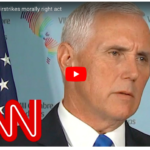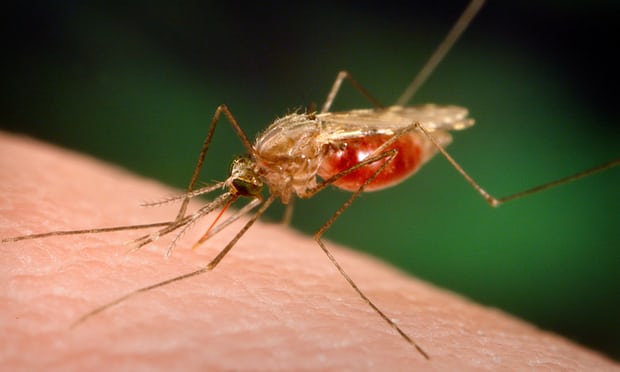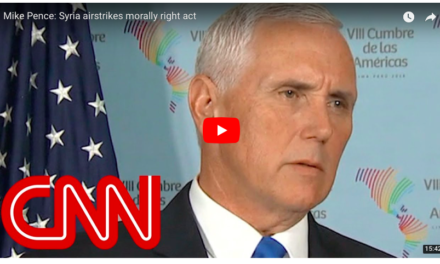
The town that breeds resistance to Malaria drugs

As new waves of the disease threaten the globe, worried scientists want to conduct a mass inoculation in a Cambodian region where new vaccines always seem to stop being effective.
Pailin is a small settlement nestling in tropical rainforest near Cambodia’s border with Thailand. It is an unassuming town that lies at the centre of one of the country’s main logging areas. Pailin harbours secrets, however. It was in this town, in the late 1970s, that the Khmer Rouge set up one of its main strongholds and ruled Cambodia with a ferocity that caused at least two million deaths. It is a grim legacy, by any standards.
But Pailin has another unwanted claim to fame, one that is also associated with widespread death. The town, it transpires, lies at the heart of a region that has seen successive waves of resistance to malaria drugs arise in local people and then spread across the globe. The resulting death tolls can be measured in millions of lives, say scientists.
Just why malarial drug resistance has arisen here is not clear. Nevertheless scientists are emphatic: the region has seen the creation of several mutations in malaria parasites that have allowed them to shrug off medicines that once protected humans. Even worse, they have discovered that a new wave of malarial drug resistance has recently appeared in this tiny area and has already spread into Thailand, Laos, and Vietnam, and begun to move into Myanmar and travel towards India and Bangladesh.
The prospect has so alarmed scientists and politicians that the issue is to be raised as an emergency topic to be debated at the heads of Commonwealth meeting in London next week (16-20 April). There are 19 Commonwealth member states in Africa, the continent that is the most vulnerable to malaria. According to World Health Organisation statistics, about 90% of all malaria deaths occur in Africa. Hence the concern of many Commonwealth heads of state who believe their homelands are most at risk of a spreading malarial resistance.
“The problem is that we are pussyfooting around,” said Professor Sir Nicholas White, of the Mahidol Oxford Tropical Medicine Research Unit. “The World Health Organisation has not provided the necessary leadership. We need very firm direct action and at present we are not getting that.”
Resistance to major malaria drugs first appeared in the late 1950s when chloroquine -– then a highly effective successful treatment for the disease -– began to lose its efficacy. Crucially, this resistance first appeared in Pailin on the Cambodian-Thai border and then spread to Africa by the early 1980s. Several million deaths were added to the already grim toll of lives lost to the disease as a result.
A new set of drugs, known as sulfadoxine-pyrimethamines, was then developed and used to treat malaria. But once more resistance to the drugs appeared and again it first manifested itself around Pailin before spreading westwards. Again the disease’s death toll soared.
Then, at beginning of this century, a new set of malarial medicines was developed. Known as artemisinins, they were discovered in 1972 by Tu Youyou, a Chinese scientist who was awarded the 2015 Nobel prize in medicine for her work. Administered with a slower-acting second drug, artemisinins have become the medicine of choice for dealing with malaria across the globe, leading to improvements in malarial statistics with deaths and case numbers declining globally.
But now scientists have recently discovered once more that resistance to key malarial drugs has evolved -– and in exactly the same place as before: the farms and village that surround around Pailin. “That resistance has emerged in exactly the same place that resistance to chloroquine and then pyrimethamines emerged. The same very place. Around Pailin,” said White.
Just why this tiny region of south-east Asia has proved to be such a fertile zone for the emergence of deadly resistance to malarial medicine is not clear, a point stressed by Dominic Kwiatkowski, director of the centre for genomics and global health at Oxford University.
“We would love to know the answer, but it is not obvious,” Kwiatkowski told the Observer.
“One idea is that resistance keeps arising here for historical reasons. Maybe it has something to do with the way that malarial medicines are administered here. But how exactly?” In fact, the This theory is just one of a great many other suggestions that have been put forward to explain why this resistance is appearing here first.
The local strain of malaria parasites may have some special properties, or the ecology of the region may have features that boost the rise of resistance. “The crucial point is that we need to do something about it and once we have, we need to monitor the situation very, very carefully,” said Kwiatkowski.
One factor that has recently become clear is that malarial drug resistance appeared very quickly in the region. Writing in Lancet Infectious Diseasescorrect in February, researchers from the Wellcome Sanger Institut and collaborators reported that resistance to combination therapies that included artemisinins arose almost as soon as the treatment was introduced as a first-line malarial drug. However, that this loss of efficacy was not spotted, for a variety of reasons, until several years had passed.
The implications of this failure were stressed by Ben Rolfe, head of the Asia Pacific Leaders Malaria Alliance. “On our watch, drug resistant strains have spread almost unnoticed,” he told the BMJ recently (pdf). “As a result, we now risk a global resurgence of the disease.”
The question facing scientists – and heads of state and health leaders -is straightforward: what can be done? White – who is scheduled to speak at the Commonwealth heads of state meeting – is emphatic. “We have a window of opportunity but it is closing rapidly,” he told the Observer.
What is needed is a campaign, run with military efficiency, to use current drugs -– while they still have some efficacy -– not only on people who already have malaria but on those individuals who have been infected but who have not succumbed or shown symptoms of the disease.
“These individuals carry small numbers of parasites and although they don’t get ill they are sources of new infections,” said White. “Mosquitos bite them, take their blood and spread it to others. They are the source of new infections.”
The plan, proposed by White and other scientists, is that everyone in a village in a malaria hotspot should be treated with anti-malarial drugs – regardless of their symptoms. “It is called mass drug administration. It is very controversial but it works – if it is done as part of a concerted strategy. If you do it badly you will only make the problem of resistance worse. So this has to be done right. But if we don’t do it we won’t be able to eliminate malaria quickly enough, and if resistance worsens it may become untreatable,” says White.
In addition, it is proposed that a third anti-malarial drug be added to the combination therapy currently used to treat those who have actually succumbed to malaria: a triple whammy instead of a double. Next week, Britain’s Department for International Development is expected to announce support for trials using triple combination drugs.
For its part, WHO officials say that the dangers posed by the new malaria superbug are exaggerated and that better prevention efforts, monitoring and treatments will limit its spread from the Mekong region. Others are not so sure, however. The Malaria summit – organised by the Ready to Beat Malaria campaign is to be held in London on 18 April at next week’s Commonwealth summit and will be attended by scientists and business leaders, including Bill and Melinda Gates. They are pressing for urgent commitments from all world leaders to battle the disease.
“We are currently on a cliff edge,” said a spokesman for Ready to Beat Malaria. “We can continue to battle the disease or risk an acute and deadly resurgence.”
This view is backed by White. “We are running out of time and unless we act rapidly, people will suffer and the people who will suffer most will be the children of Africa.”












